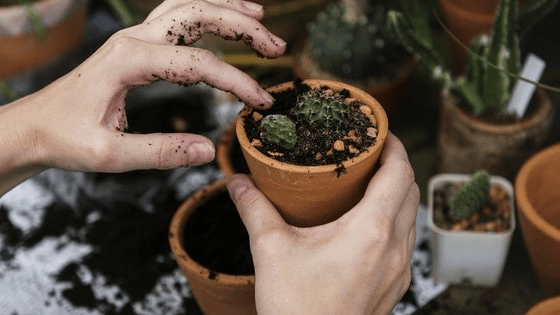A good choice and taste in décor can make or break the aesthetics of a room, and with the huge variety in options available out there, it is easy to get baffled. But when in doubt, put your confidence on houseplants. The right shade and arrangement of vases with houseplants in them can truly amp up the look of your drawing room and earn plaudits with a slight touch of Saintpaulia or Lorentii filling in the gaps and corners. Although these are very tame compared to usual garden plants, and houseplants like Laurentii require far less trimming, they have their own caveats if you want to cultivate them. Most of the difficulty in growing them comes from the fact that as interior plants, they will get little to no access to direct sunlight unless you have the modern luxury pizazz of glass walls or huge open windows. To grow houseplants properly in standard rooms and apartments, therefore adding artificial lights as a substitute to sunlight becomes vital. Here are some important tidbits and tips that will take you a long way about making use of artificial lights to this end.

Plant-stands
- An easy plug-and-play solution to these is buying a plant-stand, which usually come with custom-fitted artificial lights to sustain the houseplants. However, these will often look odd as far as decors go, and you are restricted to what little space the stand gives you. To really get that Laurentii décor next to the desk going on as intended, you will need to manually set it down at the optimal space and then manually use artificial lights to sustain them.
The first thing you need to do is acknowledge and learn about the wavelengths many kinds of artificial lights that are available.
There are two dominant wavelengths that plants need
- The blue wavelength for proper foliage growth
- The red wavelength for fruiting and/or flowering
Now for the Different Kinds of Artificial Light Sources:
- Fluorescent Lights
are the most widely used solution for growing houseplants. They are cool and can stand close to the foliage, also adding a nice halo to the décor. They come as compact CFL bulbs or tubes that are compatible with standard light sockets.
- LED Lights
are equally low-heat, and also an energy-efficient lighting solution. In fact, there are a number of manufacturers who produce special horticultural LED lights that incorporate the necessary wavelengths. Look them up on the internet and pick the best one based on LED grow light reviews.

- Similarly, there are also fluorescent-light based horticultural plant-glowing lighting systems that feature the full spectrum of wavelengths. These come in handy when growing certain houseplants like African violets.
- Incandescent Lights
while they heat up too much to place near plants, also provide a very sufficient and reliable source of red wavelength lights. If you can place them optimally, you can set up your own manual comprehensive lighting system by combining the red wavelengths from incandescent lights and twofold as much blue-wavelength fluorescent lights (quantified based on total wattage).
- Halogen Lights
are a full-spectrum wavelength light source, but they give off a lot of heat like incandescent lights and consume a lot of energy.
 Kaboutjie SA Mommy Blogs by Lynne Huysamen
Kaboutjie SA Mommy Blogs by Lynne Huysamen




